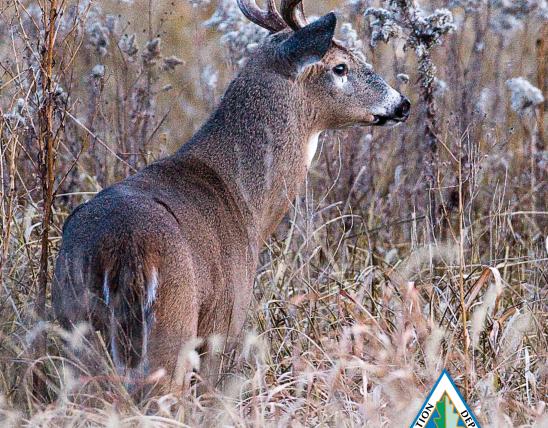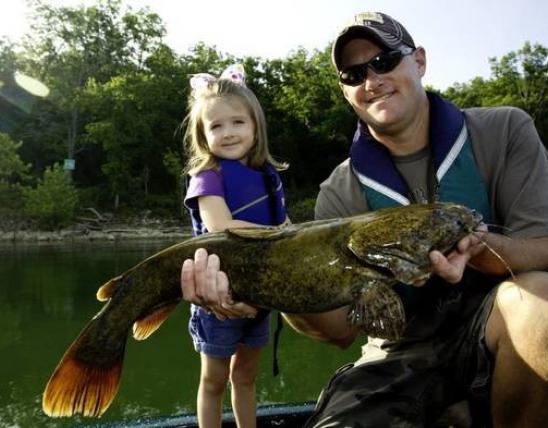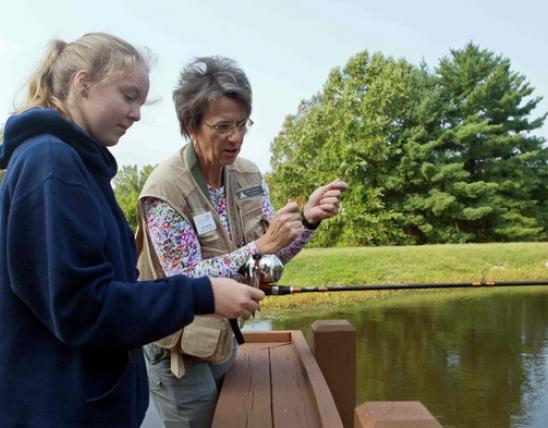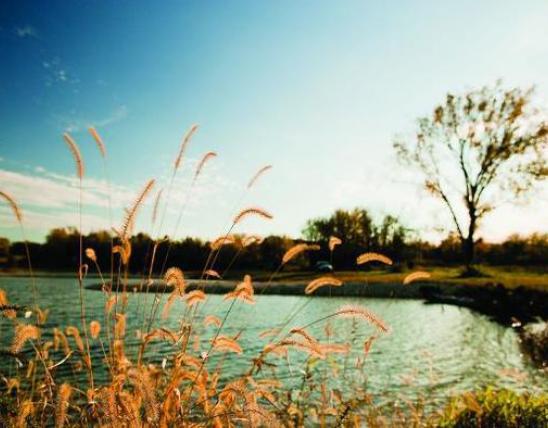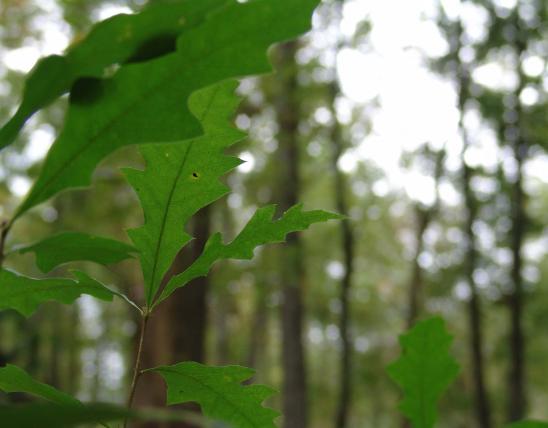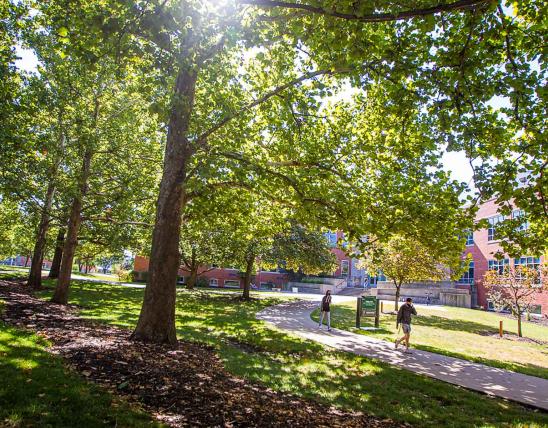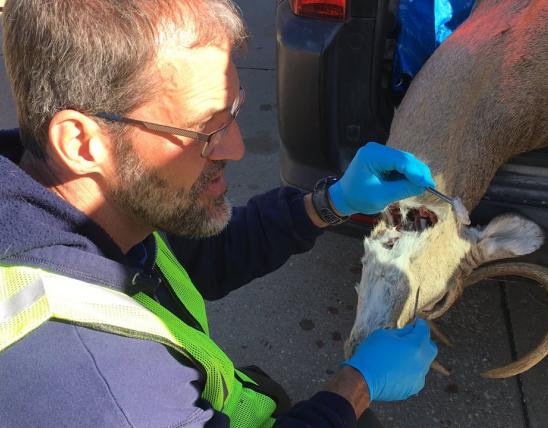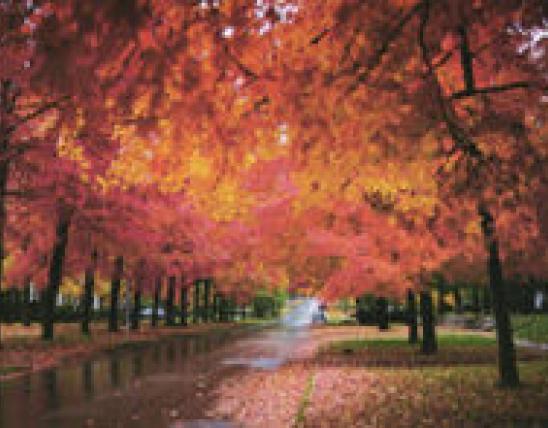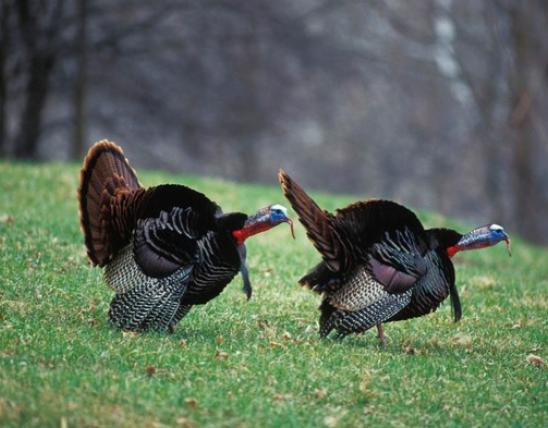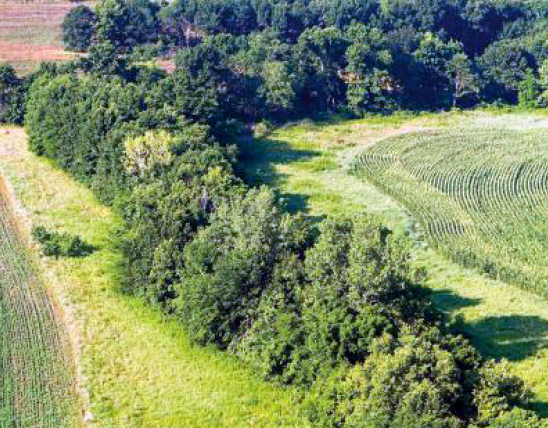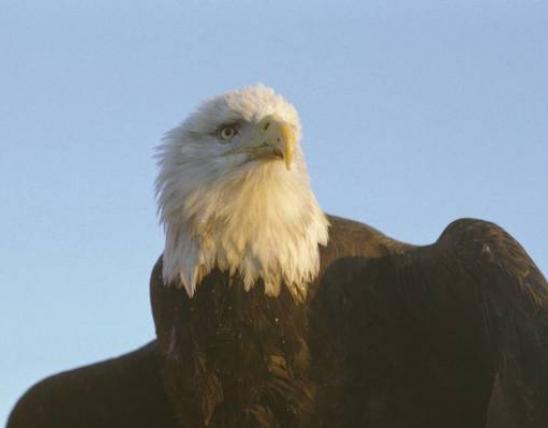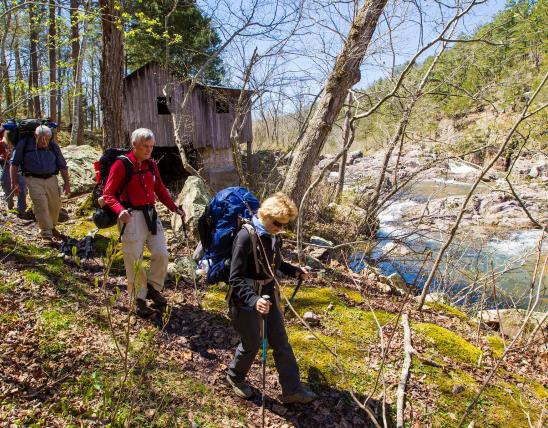Wildflowers, Grasses and Other Nonwoody Plants
Media
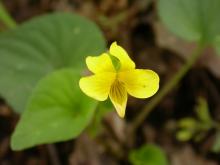
Species Types
Scientific Name
Viola pubescens (formerly V. pensylvanica)
Description
The yellow violet is Missouri's only all-yellow violet. This native wildflower is less common than violet violets. Look for it in low woods, rich slopes, and wooded floodplains.
Media
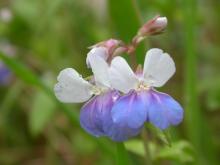
Species Types
Scientific Name
Collinsia verna
Description
The flowers of blue-eyed Mary are only about a half inch wide, but this pretty wildflower makes up for it by usually appearing in abundance, covering a patch of forest floor with little sky-blue and white “faces.”
Media
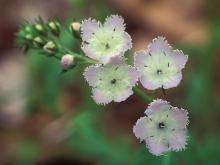
Species Types
Scientific Name
Phacelia purshii
Description
An annual, spring-blooming wildflower, Miami mist has loose coils of small blue flowers with distinctive, delicate fringes on the petal lobes.
Media

Species Types
Scientific Name
Cystopteris protrusa (formerly C. fragilis var. protrusa)
Description
Lowland brittle fern, also called southern fragile fern, is an easily recognized species. It’s a common springtime sight in moist forest soils.
Media
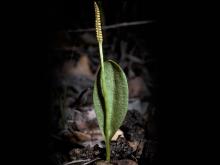
Species Types
Scientific Name
Ophioglossum spp.
Description
Four species of adder’s tongue ferns occur in Missouri. They don’t look like typical ferns. They have spoon-shaped leaves and an upright spore-bearing stalk.
Media

Species Types
Scientific Name
Maianthemum racemosum (formerly Smilacena racemosa)
Description
False Solomon's seal can be distinguished from "true" Solomon's seal by differences in flower shape and placement, the color of the berries, and some characteristics of the leaves.
Media

Species Types
Scientific Name
Silene virginica
Description
Fire pink is a low, clump-forming perennial with many slender, spreading stems that are sticky from glandular hairs, with open clusters of bright red flowers. This showy native Missouri plant is growing in popularity among home gardeners.
Media

Species Types
Scientific Name
Erigenia bulbosa
Description
Heralding a new growing season, harbinger of spring can bloom as early as January in Missouri. You will probably have to look closely for its small clusters. But after a long winter, what a welcome sight they are!
Media
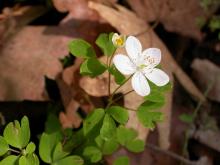
Species Types
Scientific Name
Isopyrum biternatum
Description
To distinguish false rue anemone from "true" rue anemone, look for the following: 5 white (not pinkish) sepals, and leaves present on the flowering stems. Confirm your identification by noting that it's growing in a colony (not singly) and is in a moist, low area.
Media
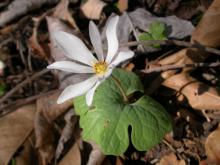
Species Types
Scientific Name
Sanguinaria canadensis
Description
Bloodroot’s pure white petals are even more remarkable given the plant’s bright red sap. This feature, plus the unique leaf shape, make this early spring wildflower easy to identify.
See Also
About Wildflowers, Grasses and Other Nonwoody Plants in Missouri
A very simple way of thinking about the green world is to divide the vascular plants into two groups: woody and nonwoody (or herbaceous). But this is an artificial division; many plant families include some species that are woody and some that are not. The diversity of nonwoody vascular plants is staggering! Think of all the ferns, grasses, sedges, lilies, peas, sunflowers, nightshades, milkweeds, mustards, mints, and mallows — weeds and wildflowers — and many more!

